Results
-
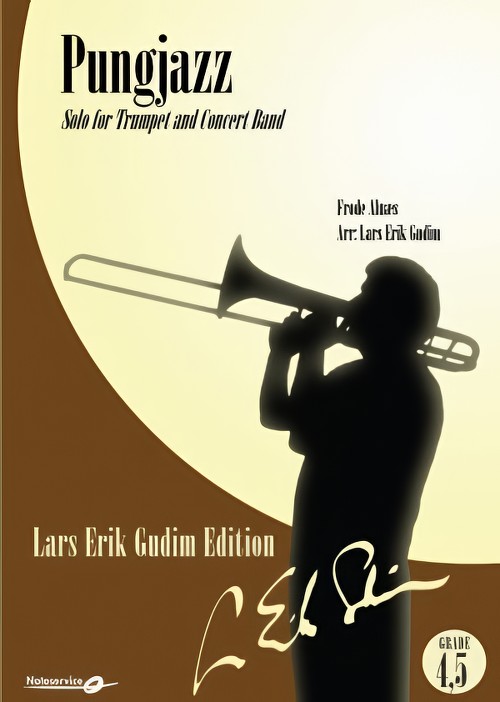 £127.40
£127.40Pungjazz (Trumpet Solo with Concert Band - Score and Parts) - Alnaes, Frode - Gudim, Lars Erik
Pungjazz was originally entitled Klppfesk as a part of my musical with the same name composed in the mid 1980s. It s a nice swing tune which Norwegian trumpet Ole Edvard Antonsen made well-known by including it on his album record Tour de Force (1992). Antonsen re-named it Pungjazz which is a more appropriate title for a trumpet player! It was also performed by Norwegian band Dance with a Stranger.- Frode Alnaes
Estimated dispatch 7-14 working days
-
 £73.00
£73.00S.O.S. (Concert Band - Score and Parts) - Kjaernes, Bjorn Morten
When the publisher asked me to make an arrangement of an ABBA tune, S.O.S. was the first song I thought of. Its introduction and melody are well suited to play for Wind Band. Admittedly, the key had to be shifted to make it sound good for this instrumentation. To me, this is nostalgia, while for others, the Mamma Mia movie/show will be what they associate with this wonderful song. Apart from a few medleys, few of ABBA's songs are available to Wind Band. So, it was very fun to work on this classic.The arrangement is made quite simply to fit many sizes of bands. Technically, it is also relatively simple both in range and rhythm. As you can see, there are many ways to adjust this arrangement to your own ensemble. Bring out melody lines and the bassline, and a lot is done. If needed, simplify to make it sound nice.Get creative and have fun!- Bjorn Morten KjaernesDuration: 3.30
Estimated dispatch 7-14 working days
-
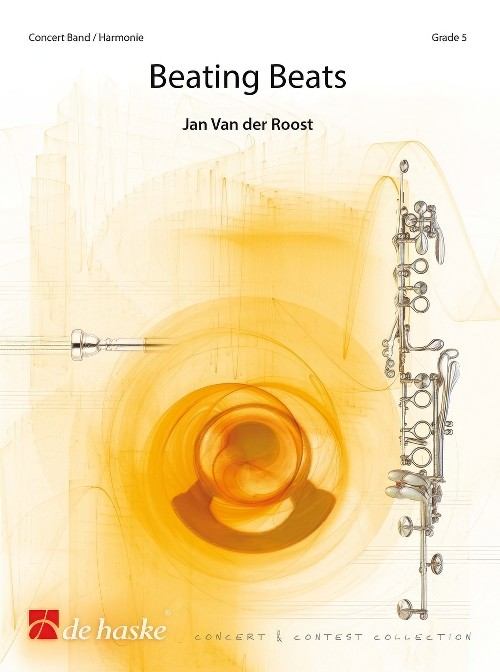 £126.50
£126.50Beating Beats (Concert Band - Score and Parts) - Van der Roost, Jan
Beating Beats rhythmically is a rather special piece: more conventional metres are manipulated in such a way that the listener (without score) may be confused and even misled at various points! The 'regular four beat accents in a 4/4 measure for example are often not adhered to, giving the impression of a different metre altogether. However, at the same time it may be that some instruments do follow this "normal" 4/4 metre, thus confusing everyone - performers and listeners alike! On one hand, it is a "simple" piece with very playable and melodic themes, but their mysterious rhythmic makes it not only sound more complicated, but also makes for a greater challenge for both players and the conductor! As is mostly the case with Jan Van der Roost's works, the orchestration is both colourful and contrasting, with every section of the modern wind orchestra used equally. All in all, it's a work full of surprises with some unexpected harmonies and special melodic lines but above all, with metrical and rhythmical sure to catch you unawares! Duration: 7.00
Estimated dispatch 7-14 working days
-
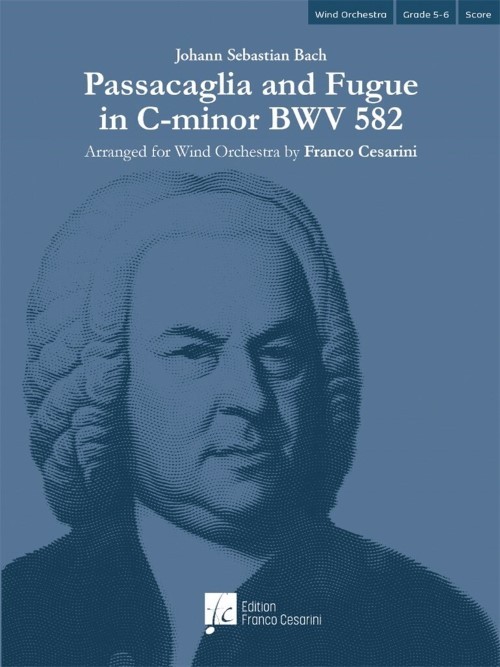 £171.00
£171.00Passacaglia and Fugue in C minor BWV 852 (Concert Band - Score and Parts) - Bach, Johann Sebastian - Cesarini, Franco
The Passacaglia is a set of instrumental variations based on an ostinato bass. Bach's Passacaglia and Fugue in C-minor for organ represents the pinnacle of what had been achieved in this compositional form at that time. In Franco Cesarini's arrangement for large wind orchestra, the particularly careful interpretation of the original piece enables him to exploit all the sound colors at his disposal, and in this sumptuous guise Bach's work also takes on a grandiose dimension, albeit tinged with late-Romanticism. The exposition of the beautiful theme begins in the bass part, immediately creating a solemn and serious atmosphere which is accentuated by the intensely pathetic character of the first variations. Up to the tenth variation it remains confined to the bass, but in subsequent ones it also passes to the soprano and alto register. The integrity of the theme is also embellished with elegant arpeggios, in whose lower and higher extensions the theme can be distinguished. Towards the end it returns to the bass in an impressive thickening of the polyphonic texture that swiftly re-establishes the key of C-minor. The "Thema fugatum" which follows immediately does not constitute a Fugue in its own right, rather it is nothing but the twenty-first and most extensive variation of the Passacaglia. This time Bach uses only the first half of the theme, superimposing a rhythmic countersubject that considerably enlivens the entire development of the composition. The polyphonic discourse becomes increasingly dense, until the building tension peaks in a powerful "Neapolitan sixth" chord, followed by a sudden pause. This culminating moment then leads to the coda and final cadence on a bright C-major chord. Duration: 12.45
Estimated dispatch 7-14 working days
-
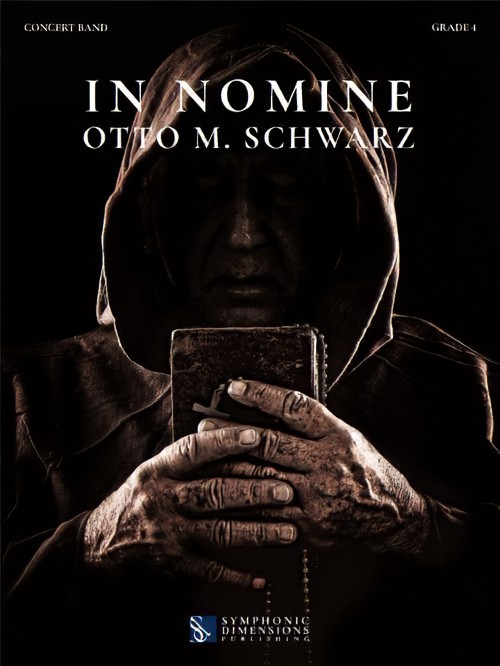 £159.99
£159.99In Nomine (Concert Band - Score and Parts) - Schwarz, Otto M.
How often has something been justified by, declared to be, or blessed as 'in the name of' some cause or other? How can it be that opposing armies and the use of weapons are ever 'in the name of...'? This is a common thread in the history of different faiths. Good was created but evil was committed and all 'in the name of...' This thread is also found in the history of the Premonstratensian Abbey at Wadgassen. The abbey was built in the 12th century on unfertile, desolate moorland, which later evolved into the most powerful religious community in the Saarland. The history of the abbey records quite astounding achievements under the motto desertum florebit quasi lilium ('the desert will bloom like a lily'); but also the harsh treatment of delinquents. The order had its own school, in which children were taught the seven liberal arts (which included music as well as geography and astronomy), but the poor were left to starve outside the abbey walls and were only allowed to eat from the members' leftovers on feast days. The medieval witch trials demanded their pound of flesh, and one group that fell victim were ecstatic dancers who moved wildly to music, which was interpreted as the devil's work. The result: a show trial that sentenced the dancers to death by fire. All in the name of... The year is 1789: Abbot Bordier is in the tenth year of his command. He does not yet know that he is to be the last abbot of an almost 700-year tradition. Not far from the abbey is the French border, which has long been making itself felt with the sound of gunfire, and the brothers continue to keep a nervous eye on it. The first portents of the French Revolution loom, but no one wants to believe it, that is, until the French pound the door down, storm the abbey and come right into the brothers' chambers. In a blind fury, all the pipes of the abbey organ are torn out, icons beheaded with swords and brothers beaten death while numerous buildings are set on fire. The abbey church is in flames. A frantic and desperate escape begins. Abbot Bordier and a handful of brothers make their getaway via the River Saar, adjacent to the abbey, to the neighbouring village of Bous. They survive, but their life, the Premonstratensian abbey, is destroyed. While they flee towards Prague and the sanctuary of the Strahov Monastery, the abbey at Wadgassen is razed to the ground and becomes a stone quarry. The desert blooms once more, however. A few short decades later, a glasswork arises from the foundations of the abbey. As peace returns to the region, it brings jobs and a new vision for its people.Duration: 11.15
Estimated dispatch 7-14 working days
-
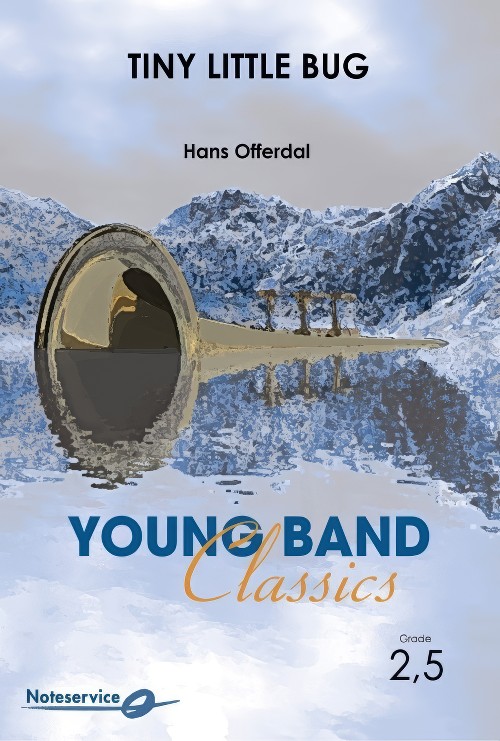 £85.00
£85.00Tiny Little Bug (Concert Band - Score and Parts) - Offerdal, Hans
This is a day in the life of a tiny little bug. It is under attack and on the run. Will it survive? There are great challenges in the use of accelerando, ritardando and dynamics. Dissonances are present several places, but the voice leading is diatonic and the whole piece is based on one single scale: Bb melodic minor. It is notated as a concert Bb major scale with one accidental (third scale step lowered). Feel free to use it during warm-ups! Duration: 5.30
Estimated dispatch 7-14 working days
-
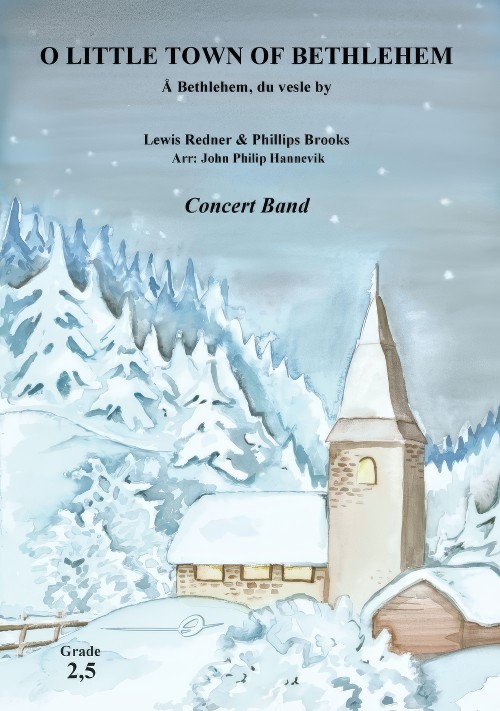 £85.00
£85.00O Little Town of Bethlehem (Concert Band - Score and Parts) - Brooks & Redner - Hannevik, John Philip
The text for this carol was written by the Episcopal priest Phillips Brooks in 1865, and it was inspired by his visit to Bethlehem three years earlier. He asked his organist in the Church of the Holy Trinity in Philadelphia, Lewis Redner, to write a tune to his poem. Lewis Redner himself later told that he found it hard to write a good tune for the text. But the night before the first performance "I was roused from sleep late in the night hearing an angel-strain whispering in my ear, and seizing a piece of music paper I jotted down the treble of the tune as we now have it, and on Sunday morning before going to church I filled in the harmony. Neither Mr. Brooks nor I ever thought the carol or the music to it would live beyond that Christmas of 1868." Duration: 2.20
Estimated dispatch 7-14 working days
-
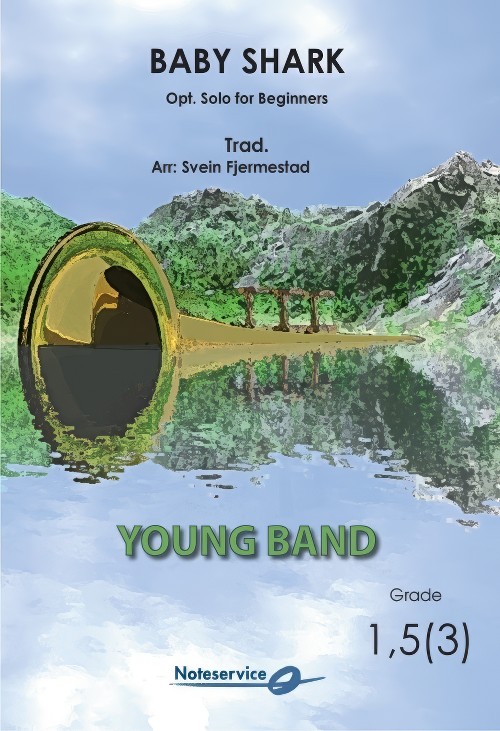 £71.00
£71.00Baby Shark (Option Solo with Concert Band - Score and Parts) - Fjermestad, Svein
With it's over five billion(!) views on YouTube, it's quite likely you've seen the overly catchy "Baby Shark" ... If not, it?s about time! Here it is as a funky beginners feature where the youngest musicians gets to shine as soloists. In the middle section, the cute sharks can either make a fun shark dance or join in the melody of the band. It's also possible to perform the arrangement without solists. Alle soloist-parts are covered in the band-parts as well. Duration: 2.20
Estimated dispatch 7-14 working days
-
 £59.95
£59.95Hope Springs Eternal (Concert Band - Score and Parts) - Wiffin, Rob
A concert overture with interest and colour for the whole band, Hope Springs Eternal was written during the seemingly interminable lockdowns of 2020. The intention was to compose some positive music as an encouragement during difficult times. It starts with a strident statement before turning fairly shortly to a more reflective response from the woodwind. The opening returns and this time the response is broader before it builds to a peak and unleashes the faster music that follows. Several melodic fragments are introduced before a minor key theme is established. The music becomes lighter as it progresses until it reaches the cheerful and melodic trio section. The minor section makes a brief return before being forever banished by the final statement of the affirmative opening music.Duration: 6.45
Estimated dispatch 7-14 working days
-
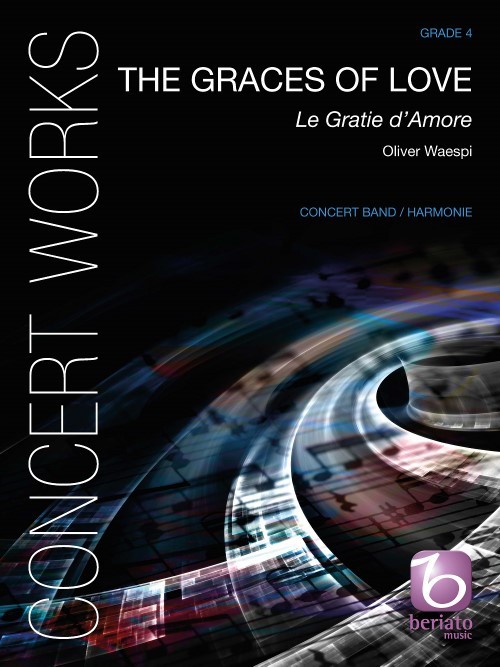 £174.99
£174.99The Graces of Love (Concert Band - Score and Parts) - Waespi, Oliver
The Graces of Love (Le Gratie d'Amore) is the title of a book published in 1602 by Cesare Negri, the famous dance master of the Milan court in the Renaissance. It contains numerous dance tunes and precise descriptions of courtly dances. It also includes the tune Il bianco fior (The White Flower) on which the first movement of my piece is based. A vigorous dance in three-four, it leads to an acceleration and a sudden shift to an even meter towards the end. The second movement, calm and contemplative in character, features the tune Vaghe bellezze... (Veiled Beauty...). Widely spaced melodic parts surround two solos during which the tune is varied and developed. Finally, the third movement contains a Saltarello based on a tune by Vincenzo Galilei, the father of the famous astronomer, Galileo Galilei. It brings the work to a close with a hypnotic rhythm which is noble and virtuosic at the same time.Duration: 12.45
Estimated dispatch 7-14 working days
